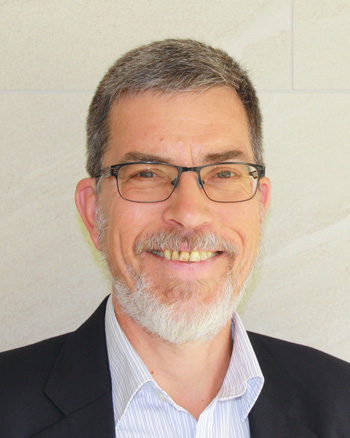Experts say Australia’s complete reliance on data from foreign-owned satellites – used every day by all Australians – in weather forecasting, resource and water management, and disaster response applications poses a significant sovereign risk.
All satellite data used in Australia comes from foreign sources. Growing environmental, commercial, and geopolitical stresses means there is no guarantee these data will always be readily available, optimal, or meet specific and evolving needs for Australia’s essential industries, defence, government, and everyday living.
Earth observation (EO) data and the services derived from it are also essential for activities such as measuring and mitigating climate change and maintaining and improving food and energy production and distribution, and mapping land use, all of which contribute to sustainable economic growth and particular capability requirements for defence.
Experts say the risk can be mitigated by a stronger investment in a home-grown Earth observation satellite program, which would design, build, launch and operate the satellites and the sensors on-board used to collect a wide range of data types. The recommendation is included in launched today by the Australian Academy of Science.

Emeritus Professor Fred Menk is Chair of the Executive Working Group that developed the plan.
“Meeting Australia’s future earth observation needs requires appropriate sovereign capability including enhanced science, observations, analysis and modelling capability,” says Professor Menk, who also Chairs the Academy’s .
Understanding how Australian environments are changing, and how changes to the space environment impact natural and human systems are critical information sources for all aspects of industries, government and defence’s day to day and long-term operations.
To grow Australia’s ability to do this, the 10-year plan is also calling for a national program of space weather research to help protect Australia’s critical energy, water, information and transport infrastructure, advance space weather forecasting and improve our situational awareness of space.
The plan states that based on our current capability we would only receive about one hours’ warning of a major space weather event that could impact our national power distribution grids, and disrupt global aviation, satellites, and radio communication.
“A major space weather event with catastrophic impacts on the global economy is likely within our lifetimes, however, Australian research can greatly improve our predictive capability,” said Professor Menk.
The 10-year plan also highlights other challenges facing Australia’s space R&D sector that must be addressed to ensure Australia’s space economy is competitive and to mitigate sovereign risk Australia currently faces. These include a significant workforce skills gap, an ad-hoc funding environment, and a lack of a national strategy for space with no long-term plan to address knowledge and capability gaps.
Professor Menk says while the Australian Government’s recent investments in space are stimulating growth of the space industry sector, the space science research and innovation capabilities necessary to develop a sustainable national space ecosystem have not been similarly enabled.
“Australia must have a space industry of its own – one that we can turn into a high-tech manufacturing, knowledge-based, research supported, export industry in a world hungry for it,” says Professor Menk.
“An internationally competitive space industry in Australia will depend on a foundation of excellence in science and technology.”
The call echoes a by the House of Representatives Standing Committee on Industry, Innovation, Science and Resources, and numerous Australian and international studies on development of space industry capabilities.
The parliamentary report recommended that the Australia Government prioritise and promote the importance of space science as fundamental to innovation and growth of the Australian space sector.
Among the Academy’s 10-year plan’s other recommendations are: establishing a Lead Scientist in the Australian Space Agency; establishing space science as a national research priority and committing to and investing in an ongoing national space program. The plan details three pillars to be built in space science: discovery and exploration, growth and resilience, and health.
Read .
This decadal plan presents a strategy developed through extensive stakeholder consultation. The Academy acknowledges the financial support that enabled this project, provided by the Australian Space Agency, Australia’s national science agency CSIRO, and the SmartSat CRC. The views represented in this document do not necessarily reflect the views of, nor imply endorsement by, any individual or any working group members’ affiliated organisations.




